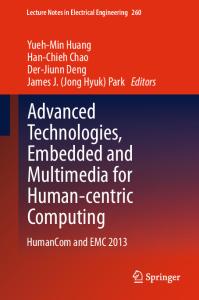Electrical Explosion of Conductors to Produce Nanosized Carbides and to Apply Functional Coatings
- PDF / 744,210 Bytes
- 11 Pages / 612 x 792 pts (letter) Page_size
- 51 Downloads / 277 Views
trical Explosion of Conductors to Produce Nanosized Carbides and to Apply Functional Coatings L. Z. Boguslavskiia, *, **, A. V. Sinchuka, N. S. Nazarovaa, and L. E. Ovchinnikovaa aInstitute
of Pulse Processes and Technologies, National Academy of Sciences of Ukraine, Nikolaev, 54018 Ukraine *e-mail: [email protected] **e-mail: [email protected] Received May 17, 2019; revised May 31, 2019; accepted June 5, 2019
Abstract—An analytical review of recent studies in the field of electrical explosion of conductors (EEC) has been performed to select modes and conditions of high-resistivity EEC, which is used to produce functional wear-resistant hard-alloy carbide coatings containing refractory metals, their carbides, and nanocarbon particles. The influence of the environment in which the EEC is carried out on the composition of the products obtained is analyzed. The influence of the conductor’s electric explosion modes in gaseous carbon-containing media on the synthesis of refractory metal carbides is considered. The problems of producing the functional composite coatings of metal surfaces are also discussed. Keywords: electrical conductor explosion, nanosized metal carbides, wear-resistant nanocoatings, gaseous carbon-containing media, nanocarbon coatings DOI: 10.3103/S1068375520050038
INTRODUCTION The production of functional wear-resistant hardalloy coatings containing refractory metals, their carbides, and nanocarbon particles used for hardening of the working surfaces of machine parts is a crucial task since the reliable operation of production machines is directly related to the quality of the surface layer of their components. The performance characteristics (endurance strength, wear resistance, corrosion stability, contact fatigue resistance, etc.) depend on the surface layer quality. Due to the intensification of operation processes, the increase in the working tool displacement rates, the rise in temperature and pressure, and the role of the surface layer quality grows greatly. The association between the characteristics of the surface layer’s quality and the operation properties of parts testifies that the optimal surface must be sufficiently hard and have a highly dispersed structure [1]. The carbides of transition d-metals are the hardest and most refractory chemical compounds; therefore, it is natural for research workers and in practice to use W and Ti carbides, in particular, monocarbides, in the composition of wear-resistant corrosion-resistant coatings. Thus, the tungsten monocarbide WC, though not being the hardest and most refractory, has lower melting temperature and hardness than the nonstoichiometric carbides TiCх, ZrCх, NbCх, ТаCх; however, the hardness of WC is stable and varies only slightly with an increase in temperature. In addition, the monocar-
bide WC has higher Young’s modulus by a factor of 1.5–2 and greatly lower linear thermal expansion coefficient in comparison with other carbides [2]. Due to this set of properties, particularly tungsten carbide became and is now the main component
Data Loading...










